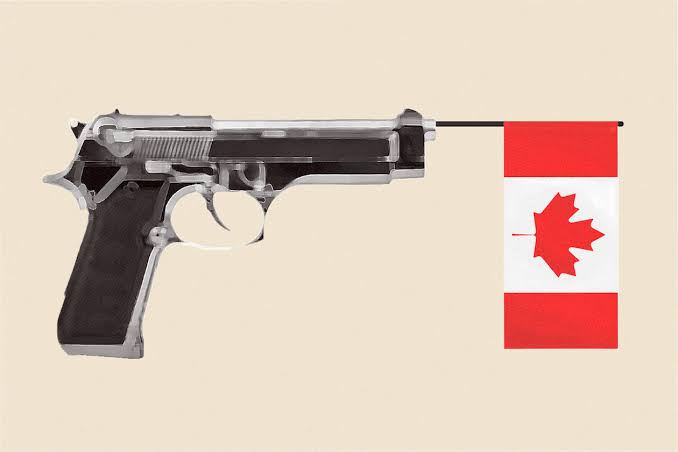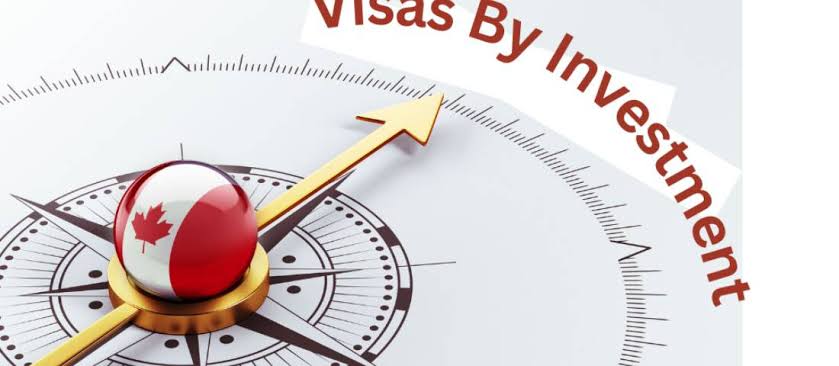Canada’s gun laws have been seen as balanced, protecting safety and lawful owners’ rights. In July 2025, the government made big changes to these laws. They did this because of worries about gun violence, crime, and illegal guns, especially in cities like Toronto, Vancouver, and Montreal. The goal is to close loopholes, improve rules, and limit access to risky weapons while still allowing responsible ownership for hunting, sports, and protection in rural areas.
The changes represent one of the most sweeping overhauls of Canadian gun laws in recent history. With new rules affecting everything from licensing to types of weapons permitted, Canadians must now navigate a more complex but safer legal landscape.
Introduction of the National Firearm Ownership Registry
One of the most discussed features of the new legislation is the reintroduction of a national firearm ownership registry. Scrapped in 2012 under the former Conservative government, the registry has now been revived in a digital form to improve tracking of legally purchased firearms across the country. Unlike the previous version, which faced criticism over costs and inefficiency, the new system is cloud-based, secure, and integrated with police and border security networks.
The registry requires all owners of restricted and newly classified semi-restricted firearms to register their weapons, including details like make, model, serial number, and storage location. The goal is to support law enforcement investigations and prevent firearms from being sold or transferred illegally.
Ban on Certain Semi-Automatic Firearms
As part of efforts to reduce the availability of high-capacity and rapid-fire weapons, the 2025 legislation includes a permanent ban on a broader list of semi-automatic firearms. Building on the 2020 Order-in-Council that prohibited over 1,500 assault-style weapons, the new rules add dozens of newly developed models to the prohibited list, particularly those with rapid-fire capability, high magazine capacity, or military-style design.
Firearms manufacturers have also been restricted from marketing new weapons that mimic or closely resemble banned models. In addition, 3D-printed firearm components and parts imported for modification purposes are now illegal to possess or distribute.
Owners of now-prohibited weapons are required to either turn them in under the government’s expanded buyback program or have them permanently disabled. Failure to comply may result in legal penalties, including fines and potential jail time.
Stricter Licensing and Background Checks
Under the new laws, the criteria for obtaining and renewing a firearm Possession and Acquisition Licence (PAL) have been significantly tightened. Applicants now face extended background checks that look at their entire adult history rather than just the previous five years. This includes examining mental health records, domestic violence complaints, criminal activity, and social media behavior that might suggest a risk of violence.
In partnership with provincial health authorities, the federal government now requires physicians, psychologists, and other health professionals to report patients who may pose a risk if granted access to firearms. This red-flag reporting system ensures that individuals undergoing severe mental health crises are temporarily prohibited from acquiring or keeping firearms.
Additionally, applicants must now complete mandatory in-person firearm safety training and mental health screening, regardless of whether they previously held a license.
Enhanced Border Security and Anti-Smuggling Measures
Much of Canada’s illegal firearm problem stems from smuggling across the U.S. border. To combat this, the 2025 legislation invests heavily in border security and intelligence sharing. Canadian Border Services Agency (CBSA) now uses AI-driven scanning systems and upgraded surveillance tools to detect hidden firearms in vehicles, packages, and cargo.
Coordination with U.S. law enforcement has also been strengthened, allowing cross-border monitoring of suspicious gun purchases and trafficking rings. There is also a new federal task force devoted specifically to investigating organized gun trafficking networks in cities with rising gang violence.
This focus on border and port security is meant to complement domestic reforms, ensuring that changes to legal gun access are not undermined by an influx of illegal weapons.
Crackdown on Ghost Guns and DIY Firearms
One of the most dangerous trends in firearm proliferation in recent years has been the rise of ghost guns—firearms that are privately assembled from parts, often without serial numbers, making them untraceable. The 2025 reforms directly address this by banning the possession, manufacture, or sale of ghost gun kits, including lower receivers and unfinished frames.
Online platforms selling these parts are now subject to federal regulation, and individuals found with 3D printers or CNC machines used to manufacture illegal firearm components can be charged under the new “Unauthorized Firearm Fabrication Act.” Penalties include up to 10 years imprisonment, depending on the intent and scale of the activity.
Law enforcement agencies across the provinces have already begun crackdowns on illegal workshops and online sellers, marking a serious push to end the production of these dangerous weapons.
Greater Powers for Law Enforcement
Under the updated legislation, police officers have been granted broader authority to intervene when they suspect that someone may be illegally possessing or storing firearms. Judges can now issue preventive firearm seizure orders, known as “red flag orders,” even if no crime has yet occurred, based on credible reports from family, neighbors, or professionals.
Moreover, storage inspections for licensed firearm holders are now more frequent, and non-compliance with safe storage regulations can lead to immediate suspension of a license. These inspections prioritize high-risk individuals and communities with elevated firearm-related incidents.
The Canadian government has emphasized that these powers are subject to judicial oversight and are focused on public safety, not punitive measures against responsible gun owners.
Reactions and Public Debate
Reactions to the 2025 gun law changes have been predictably mixed. Advocacy groups such as PolySeSouvient and the Coalition for Gun Control have praised the reforms as long overdue, calling them bold and necessary for protecting Canadians from mass shootings and gun violence. On the other hand, gun rights organizations and hunting groups have voiced concerns about overreach, potential violations of civil liberties, and confusion around new classifications.
In rural areas and among Indigenous communities where firearms are part of traditional lifestyles, some worry that the laws may interfere with lawful and cultural practices. The government has responded by promising additional consultations and exemptions tailored to those populations, though implementation is still unfolding.
Final Thoughts
Canada’s new gun laws as of July 2025 mark a decisive shift toward tighter regulation, advanced monitoring, and an emphasis on public safety. While the reforms have sparked nationwide debates, they reflect a broader global trend of governments taking more assertive steps to combat gun-related violence. By strengthening licensing protocols, banning high-risk weapons, and enhancing enforcement, Canada is attempting to strike a balance between the rights of law-abiding firearm owners and the urgent need to prevent gun crime.
Moving forward, the effectiveness of these measures will depend heavily on consistent enforcement, clear communication with the public, and responsiveness to unintended consequences. Still, the changes represent a bold effort to create a safer and more secure environment for all Canadians.



